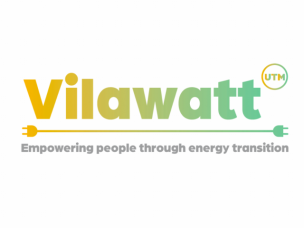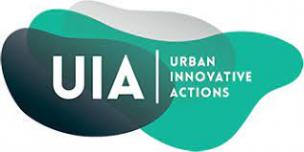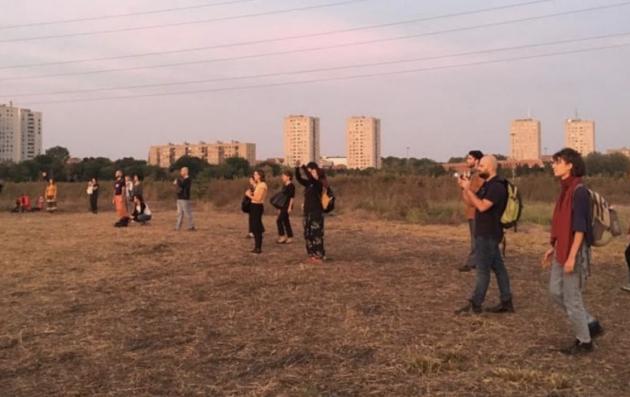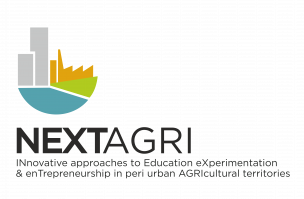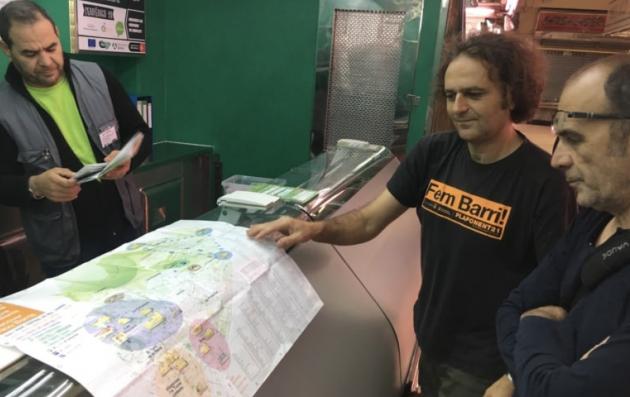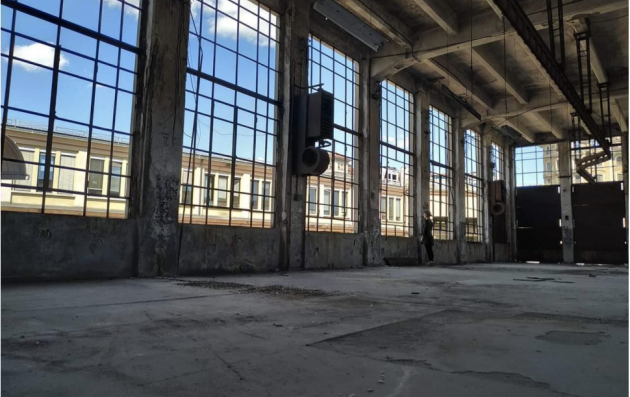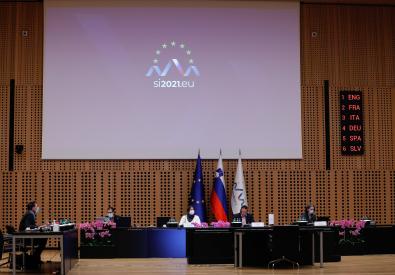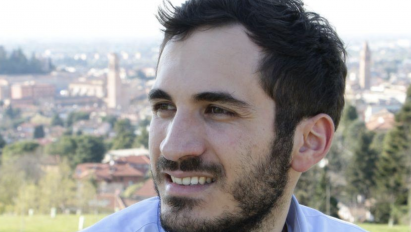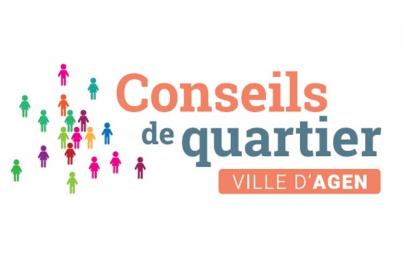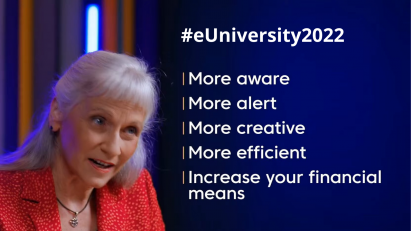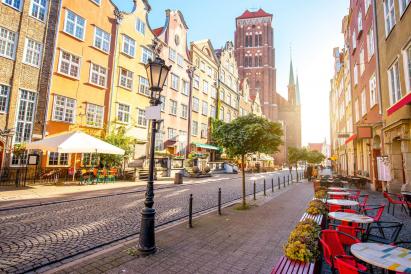Vilawatt
Innovative local public-private-citizen partnership for energy governance

Summary
VILAWATT is boosting the energy transition process in the Catalan city of Viladecans by setting up a public-private-citizen partnership (PPCP, taking the legal form of a Consortium) where citizens of Viladecans and its main social actors play a key role. Viladecans priority was to increase citizen commitment and sense of belonging to promote a sustainable energy transition process.
Main achievements so far are:
Governance- Citizens have a say at the Consortium through the associations linked to it. These associations have been created thanks to Vilawatt’s participatory strategy, as they did not exist before.
Energy supply– Vilawatt pools the demand for energy and provides energy to all association members (100% Certified Renewable Energy)
Faster energy retrofitting of private buildings - Three residential buildings (in an underprivileged district) have received 1,4 M€ investment in a process that has been boosted by the city hall. The neighbours were part of the decision making process of the retrofitting works.
Consulting services and learning communities - targeted at 10 different social actors: schools, retail sector, companies, unemployed…
Efficiency incentives – Vilawatt local currency - The creation of a local electronic currency linked to energy savings also revitalises our retail sector (especially innovative in pandemic times).
The innovative solution
- Boosting the shift towards a low-carbon economy: VILAWATT project has created a new organizational structure with a new set of tools to empower citizens and communities on energy saving and deep energy renovation issues.
- Promoting citizen engagement to boost the change on the energy model: The bottom-up design process amongst all beneficiaries and involved actors (especially kids) has been essential to its success.
- Enhancing employment possibilities: VILAWATT project has included a special focus on improving capacities of the local professionals, workers and unemployed on deep energy renovation, energy savings assessment and RES integration with thematic workshops and trainings
- Revitalising the local sector: With the new digital currency linked to energy transition and energy savings we are revitalising the local sector and contributing to circular economy.
A collaborative and participative work
- 9 partners (public and private) coordinated by the municipality of Viladecans have been involved in the project, each of them with a specific field of expertise (energy contracts, local currency, neighbours mediation, rehabilitation works...).
- One key achievement has been the development of a Participatory Strategic Plan that analyses the specific role played by 10 different social actors, mainly: neighbours (benefitting from all the company´s services); schools (11 schools are implementing energy-saving programs); construction companies (they exchange ideas and good practices), unemployed (they receive trainings in the energy field) and local trades (they accept the currency).
The impact and results
Vilawatt has succeeded on building a complex governance structure and implementing its services in a short implementation period. Some challenges were related to the effective engagement of neighbours in energy transition processes (solution: innovative communication, gamification), the implementation of the local currency, and the fiscal barriers that affected the beneficiaries of the subsidy for renovations (solution: being creative and finding fast alternatives to local barriers). Vilawatt has created so far:
- 1 one-stop administration offering energy supply, consultancy, local currency, retrofitting works;
- 1 Consortium governing the structure;
- 3 retrofitted buildings;
- 33 participative actions;
- 14 communication campaigns.
Why this good practices should be transferred to other cities?
This project is lined up with the EU Energy Strategy and the policies related for a secure, competitive and sustainable energy. Viladecans Municipality seeks to speed-up its ambitious energy transition project in order to achieve the 2030 Energy Strategy targets (40% less greenhouse gas emissions, 27% share of RES consumption, 27% energy savings).
At regional and local levels, Vilawatt is also aligned with the Energy Savings Plan 2011-2020, from Spanish Government and also the Catalan regulations on Energy building renovations.
Vilawatt’s approach can be interesting for medium cities willing to boost their energy transition strategy. Although Vilawatt structure (meaning its governance structure plus all its services) is complex to implement in a short period of time, some of its aspects can be replicated individually.
All phases of the project have been designed in a way that they can be replicated in other cities. However, given that buildings have different energy behavior depending on the geographical area, the retrofitting models & actions need to be specifically-tailored. Also local regulations may vary depending on the local/regional/national context and need to be carefully checked in advance.

